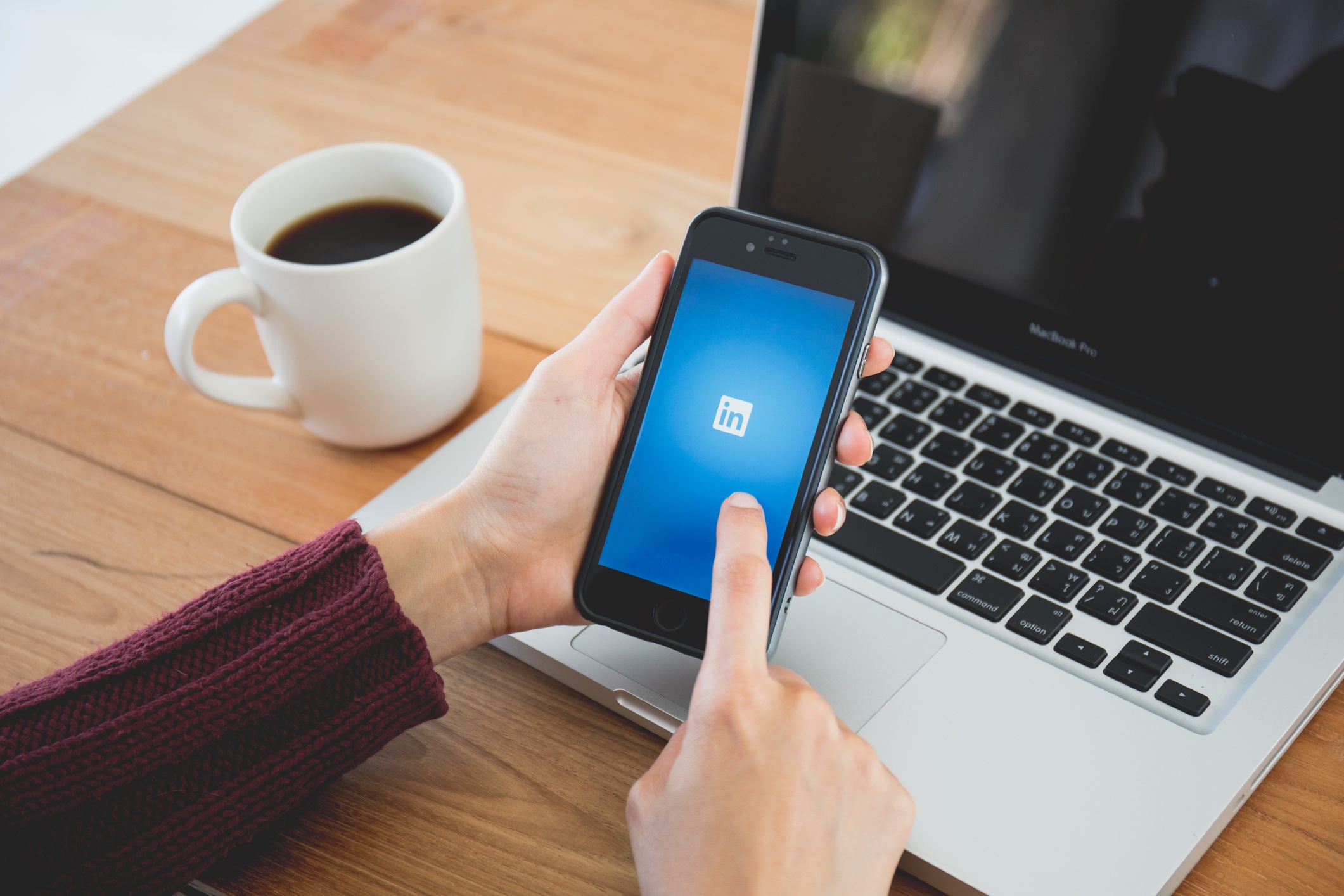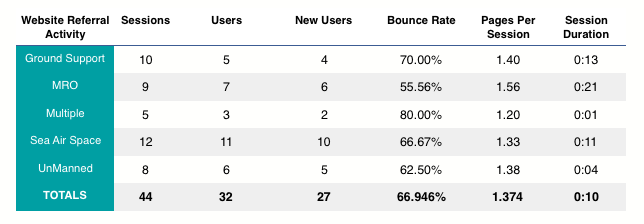
With more than 500 million members in hundreds of countries, LinkedIn represents an incredibly powerful tool for what Entrepreneur calls “laser-focused B2B marketing.” BDN used InMail to reach new aerospace marketing audiences, and here’s what happened.
What is InMail?
More specifically, aerospace marketers can use sponsored InMail to send personal messages to a hand-picked audience of people who matter to their business — an ideal option for those who have clearly defined target audiences or for those with limited marketing budgets.
There are a ton of benefits to using this digital marketing tool (LinkedIn claims 100% deliverability) and very few cons (there is a cost, but it’s quite reasonable). It’s also ideal for those who don’t have an email list of targets or who want to avoid using email for some other reason.
With all of this in mind, BDN recently developed and deployed our own sponsored InMail awareness campaign. Now there are plenty of resources that tell you how and why to use InMail (like this, this and this) but our intent is to show you how we used it and to share the results so you can see a real-world aerospace marketing campaign in action.
Campaign Overview
It’s essential that every campaign start with a goal, and ours was to build brand awareness in new markets.
Based on our goal of awareness, we wanted to share information about BDN with five segments of the industry (Ground Support, MRO, Sea/Air/Space, Unmanned, and Multiple) that had not previously been areas of focus for our business. While lead-generation was not our primary objective, it’s definitely a viable option for those using InMail. For our campaign, we built in a bonus call-to-action that did generate six leads and even asked a question to gather a bit of relevant market research.
Campaign Process
The LinkedIn process is user-friendly and will walk you through the steps to set up your campaigns. In our case, we built five separate campaigns – one for each market segment, and we established specific criteria that required recipients to be an employee of a company that was on a BDN uploaded target account list; to have the seniority status of: Manager, Senior, Director, VP, Partner, or Owner; and to have a job function that included Sales or Marketing. Your criteria will be different.
Next we input our messaging, which was short, conversational and helpful (never sales-y) in tone. The messaging talked about the importance to aerospace marketers of selecting the right trade shows. Our call-to-action offered the BDN trade show directory, our most popular piece of content, as a free, helpful resource.
Then based on our criteria, the InMail system sent out 3,700 messages to the five specific markets we had identified. We also took advantage of the opportunity to develop a small banner ad to accompany our message. This is not mandatory, but it’s helpful, and we liked the idea of having our own ad (versus a random ad chosen by LinkedIn) in that adjacent space. Another tip is to consider adding UTM codes to your campaign. A UTM code is attached to a custom URL in order to track a source, medium, and campaign name. This enables Google Analytics to tell you where searchers came from as well as what campaign directed them to you.
Our Results
We were more than satisfied with the campaign results, which included nearly 1,600 unique message impressions and 27 unique clicks through to the designated landing page. The campaign also resulted in 44 website sessions from 32 unique users, and 27 of those were first-time visitors.
Based on the campaign goal of awareness, we had an exceptional 43% open rate (the norm is 25%-45%), so our awareness campaign was a success. Thanks to the UTM codes we also learned valuable information about which audiences were the most (MRO and Sea/Air/Space) and least (Multiple) engaged, and we can use this knowledge to guide future marketing and targeting decisions. And we even gained six leads, though again, that was not the primary purpose of the effort. On the other hand, our engagement numbers were on the low end at 2%, possibly because the topic of trade shows is less compelling in July than it would have been in December or January.
We achieved our awareness goal at a cost that was a little more than $1 per person reached — compare that to the cost of other tactics like trade shows — and you can see that it’s a cost-effective option to say the least.


5 Keys to Success
We like InMail and think it’s a great option for many aerospace marketers looking to communicate, build awareness and drive leads. Before you launch your own sponsored campaign, here are five steps we recommend for a successful initiative.
1) Start with a goal
Ours was awareness. What is the desired goal, purpose or outcome of your campaign? How will you measure success?
2) Closely define your targets
We started with a list of target companies and added criteria for seniority and titles, but your needs will be different. Are you trying to reach people with specific job titles in clearly defined markets or segments? Are you looking to reach a list of already-identified prospects?
3) Build a strong call-to-action
We used our most popular piece of content as a magnet, and you can do the same. The key is to define what action you want recipients to do as a result of receiving your message. Will it be a download? A phone call or email?
4) Establish a budget
Our campaign cost a little more than $1,600. How much are you willing to spend to reach a highly targeted list of prospects?
5) Develop a schedule
Our campaign ran for four weeks. How long will your campaign need to run to achieve the results you are seeking?
Remember: A customized, appropriate message is your key to success. The last thing you want to do is reach out with a hard-core sales message. Instead, make sure you are offering something useful and helpful.
We’d be happy to talk about a marketing challenge or discuss an InMail campaign for your organization. Just call or request a free consultation with BDN here.
